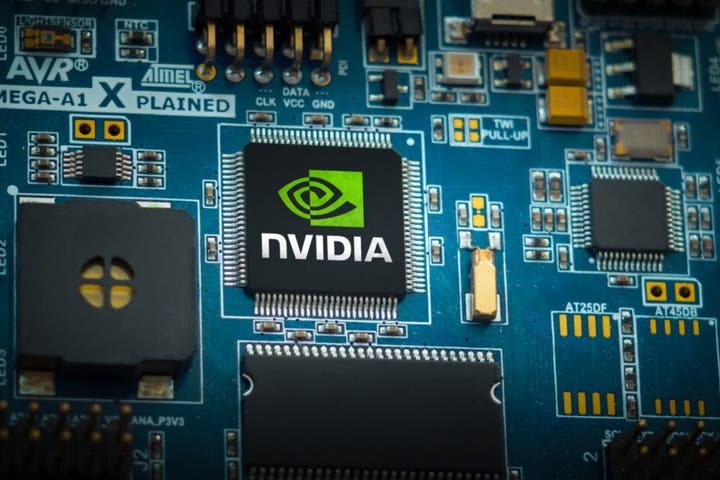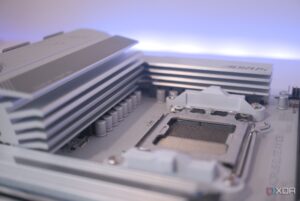
A consumer-grade graphics processing unit (GPU) from Nvidia Corp., the GeForce RTX 3090, has demonstrated its potential beyond gaming by serving as an effective appraisal tool for Chinese ceramics. According to a blog post from Nvidia on March 1, 2024, this GPU, originally priced at $1,499, has been used to develop an artificial intelligence tool that predicts auction prices with approximately 99% accuracy.
Researchers took an innovative approach by using the RTX 3090, rather than a costly data-center setup, to train a vision model on historical kiln styles and actual sales data from auction houses such as Sotheby’s and Christie’s. The AI system successfully categorized over 20 types of ceramics, ranging from the Tang dynasty to contemporary pieces, and accurately estimated the price of a Ming dynasty vase to within 30% of its final sale price.
This GPU, while marketed to gamers, boasts capabilities that enable it to handle AI workloads traditionally reserved for specialized hardware. The 24 GB RTX 3090 still retails for about $1,400 on platforms like Amazon, with second-hand prices often lower. Independent evaluations of the image detection model have confirmed its high precision in various image-heavy applications, reinforcing the validity of its findings.
The significance of this project lies in its ability to offer sophisticated valuation tools to small museums and private collectors who might otherwise lack access to expert appraisals. Siqi Wu, a researcher involved in the initiative, emphasized that this technology allows users to operate advanced valuation software without the need to rent cloud servers.
Academic studies have indicated that machine-learning models can forecast broader art auction outcomes, suggesting that the art industry could undergo significant transformations driven by data. The researchers have already begun pilot projects aimed at assessing items such as Cantonese opera costumes and mural conservation efforts, which could serve as templates for heritage sectors globally.
As Nvidia continues to explore innovative uses for its consumer GPUs, the RTX 3090’s involvement in this project highlights a growing trend where technology previously limited to gaming finds new professional applications. This shift echoes sentiments from analysts almost five years ago that RTX cards would fuel demand across various fields beyond gaming.
In addition to its cutting-edge applications, Nvidia’s stock performance has been notable. According to Benzinga Edge Stock Rankings, NVDA has shown a strong price trend over multiple time frames, although its value ranking remains relatively weak. This dynamic may influence investor sentiment as the company navigates its evolving role in both the tech and art valuation landscapes.







